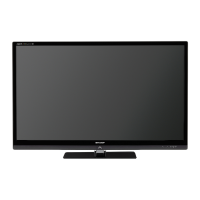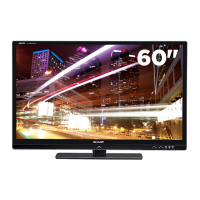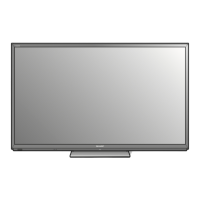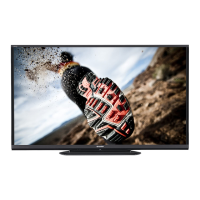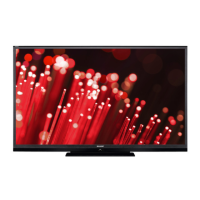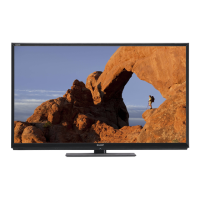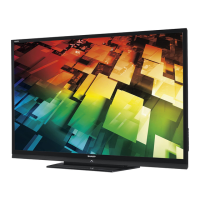What to do if 3D images are not displayed on my Sharp Aquos LC-60LE835X LCD TV?
- SSamuel RobinsonJul 31, 2025
If 3D images are not displaying on your Sharp LCD TV, ensure that “3D auto change” is not set to “No”; if it is, press the 3D button to switch to 3D mode. If “3D auto change” is set to “Yes” but no 3D images are displayed, verify the display format of the content. Some 3D signals may not be automatically recognized, so press the 3D button to select the appropriate format. Also, make sure the 3D glasses are powered on and not set to 2D mode. Finally, ensure there are no obstructions between the 3D glasses and the TV, and that nothing is covering the infrared receiver on the glasses, as they rely on a signal from the TV.
